The boot shaft length is one of the most important considerations when selecting the ideal pair of boots. Knowing how to measure boot shaft correctly is crucial for achieving the right fit and style. We will precisely lead you through the process of measuring boot shaft length in this detailed guide. This blog post will provide you with all the knowledge you need, whether you’re looking to buy new boots or just want to learn more about the anatomy of boots.
Table of Contents
ToggleWhat is the Boot Shaft?
The tall portion of the boot that emerges from the sole is called the boot shaft. See it as the section of your shoes that you step into. Your ankle and calf receive support and protection from the boot shaft, which can also have an impact on the look and feel of your boots.
There are two methods for measuring the boot shaft: height and circumference. The distance between the top of the arch, where the sole is attached to the boot, and the collar, which is the uppermost portion of the boot with the opening, is the height of the boot shaft. Measuring around the widest point of the shaft, which is typically at the ankle or calf, is the boot shaft circumference.
What is the Shaft Length of Boot?
The vertical distance between the bottom of the heel and the top of the boot is known as the shaft length of the boot. Measured in either centimeters or inches, the shaft length of a boot can vary from a few inches for ankle boots to more than 20 inches for knee-high boots. The shaft circumference, or the measurement around the broadest portion of the boot shaft, is not the same as the shaft length. Although we’ll be concentrating on the shaft length of the boot in this post, the shaft circumference can also have an impact on how the boots fit and appear.
Why Is It Important to Measure the Boot Shaft?
There are various reasons why it is crucial to measure the boot shaft. It can first assist you in selecting the appropriate boot style based on the size and shape of your legs. For example, you might want to stay away from boots with a broad shaft if your calves are narrow because they can create a gap and seem unattractive. Conversely, you might want to search for boots with an adjustable or stretchy shaft that can comfortably fit your leg if you have large calves.
How to Measure the Boot Shaft Length?


- Assemble Your Tools: A flexible measuring tape, a ruler, and a pen or pencil are the essentials you’ll need to get started.
- Put on the Proper Socks: Put on the kind of stockings or socks you want to go with the boots with. By taking into consideration whatever additional space your selected socks might take up, this guarantees that your measurement is as precise as possible.
- Settle in: Locate a cozy chair and take a seat. This is a crucial step because it ensures a more accurate measurement by keeping your leg at a 90-degree angle to the ground.
- Measure from the ground: Beginning at the spot directly beside your foot, move the measuring tape or ruler up along the back of your leg. Make sure the tape is touching your leg and contouring with it.
- Take Multiple Measurements: It’s a good idea to measure both legs for increased accuracy. As you go, don’t forget to take measurements; you’ll need them for comparison.
- Observe the Lengthiest Dimension: After measuring both legs, find the measurement that is the longest. When choosing your boots, you should take this boot shaft length into account.
The Importance of Measuring Boot Shaft Length
Measuring the length of your boot shaft is not just a technicality; it affects how your boots appear and feel overall. Why it matters is as follows:
Style and Proportion: The length of the boot shaft can have a big impact on how your outfit fits together. Shorter shafts are perfect for a more casual style, while taller shafts tend to stretch your legs and go well with dresses and skirts.
Comfort and Fit: Making sure your boots are pleasant to wear starts with choosing the proper boot shaft length. A shaft that is excessively tall could hurt if it digs into the back of your knees. On the other hand, a shaft that is too short might not give you the necessary coverage and support.
Functionality: Various settings and activities could call for varied shaft lengths. For example, a taller shaft can offer superior ankle support and protection if you want to wear your boots hiking.
Different Types of Boots
How to Choose the Correct Fit for Boot Shaft Length
How to measure boot shaft height?
Boot shaft height for short legs
Cowboy boot shaft height
Shaft circumference meaning
Shaft length of women’s boots
To sum up
FAQ
Most frequent questions and answers
what is the shaft of a boot?
The part of a boot that covers your ankle is called the shaft. This area is where the boot opens and is measured from the arch to the collar, so it’s important to measure from the top of the sole rather than the floor.
What is shaft length of boots?
The shaft height and length are the same and indicate how high the boot rises on your leg. The length of the shaft varies depending on the type of boot, such as over-the-knee, ankle, mid-calf, and knee-high boots.
how to measure your calf shaft length of boots?
To determine the length of your calf shaft in boots, measure the distance along the back of your leg from the tip of your heel to the bend of your knee. This will give you an idea of how long the boot shaft should be to fit comfortably on your calf.
How do i know my boot size?
To find your correct boot size, measure both the length and width of your foot using a Brannock device or tape measure. Then, compare these measurements with a boot size chart.
What is a cowboy boot shaft?
Cowboy boot shafts typically have a pointed toe, high heel, and decorative design on the leather. They are designed to protect the legs of cowboys from injuries and dirt. These types of boots can vary in height, but they usually reach the mid-calf or the knee.
How is boot length measured?
Boot length is measured by placing one end of a tape measure at the middle of the boot arch and extending it vertically along the outside of the boot until you reach the top of the shaft. This is the boot length or shaft height.
How do you measure leg shaft?
To measure your leg shaft, wrap a flexible tape measure around the widest part of your calf and the narrowest part of your ankle. Take note of where the tape measure meets and use these measurements to find boots that fit your leg shaft comfortably.
Why is the measurement of boot shaft length significant?
To make sure your boots fit comfortably, choose the appropriate pair for each activity, and assess the style and proportion of your boots, you must measure the length of the boot shaft.
What tools do I need to measure boot shaft length?
To ensure precision when measuring, you’ll need a ruler, a flexible measuring tape, and a chair.
How do I measure the boot shaft of knee-high boots?
As with other boots, measure knee-high boots by starting from the ground and moving the measuring tape up to just below your knee.
What's the ideal boot shaft length for my body type?
The ideal boot shaft length can vary based on your body type. Taller individuals may prefer knee-high boots, while shorter individuals might opt for ankle boots.
Can I wear any length of boot shaft for any kind of event?
The length of your boot shaft should be appropriate for the situation. Ankle or mid-calf boots are ideal for informal wear, while knee-high or over-the-knee boots are fantastic for formal occasions.
How can I get professional advice on choosing the right boot shaft length?
Seek advice from knowledgeable salesmen or stylish friends who can provide insightful analysis and suggestions.
Are there specific measurements I should be aware of when buying boots online?
For the ideal online purchase, be sure to refer to the seller’s sizing chart and instructions for determining your shaft height and calf circumference when purchasing.
As an Amazon Associate and Adidas associate, I get money from qualifying purchases and may make money from links on this website.

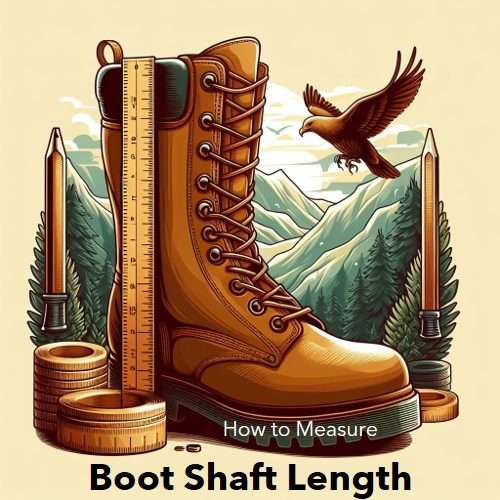

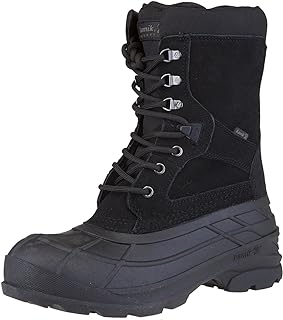

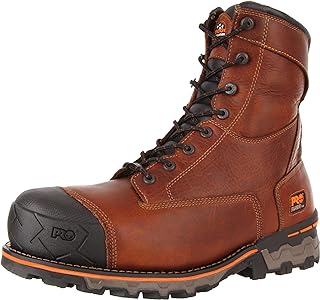
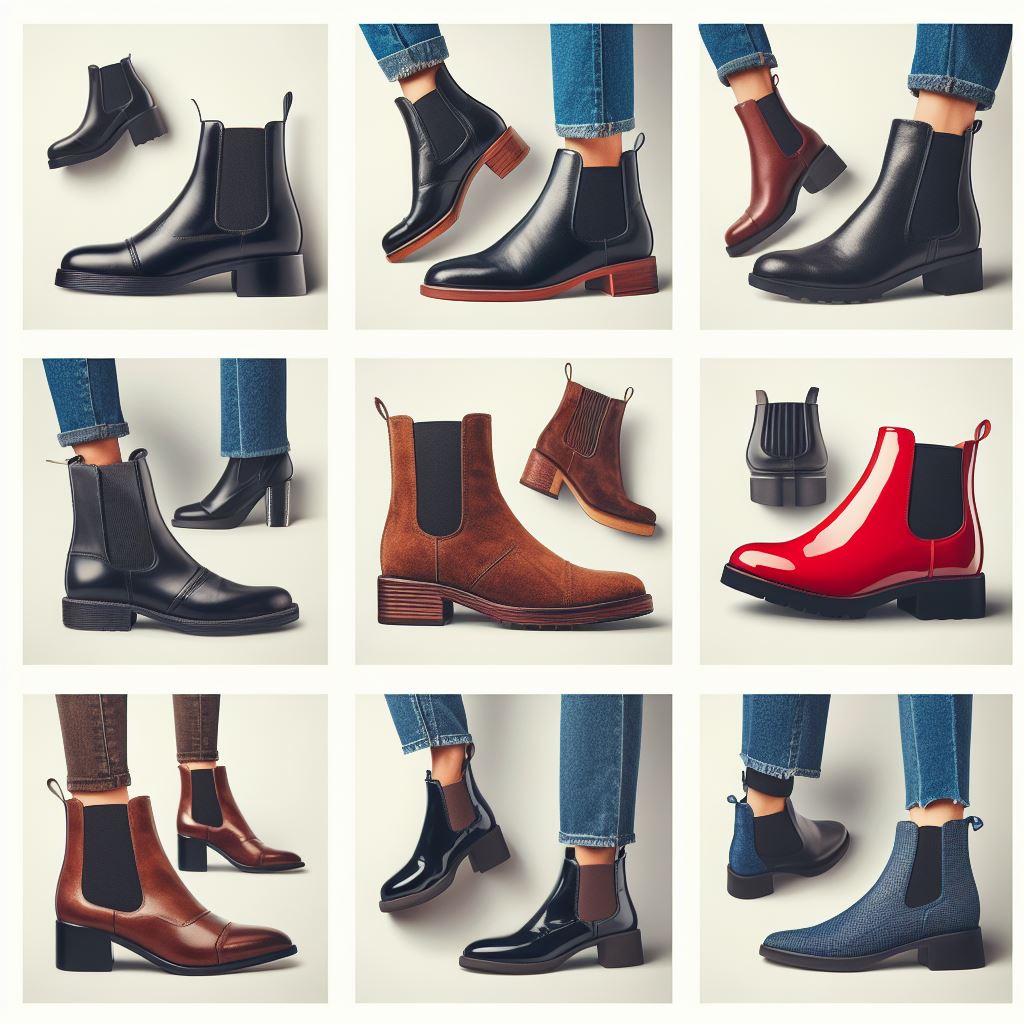

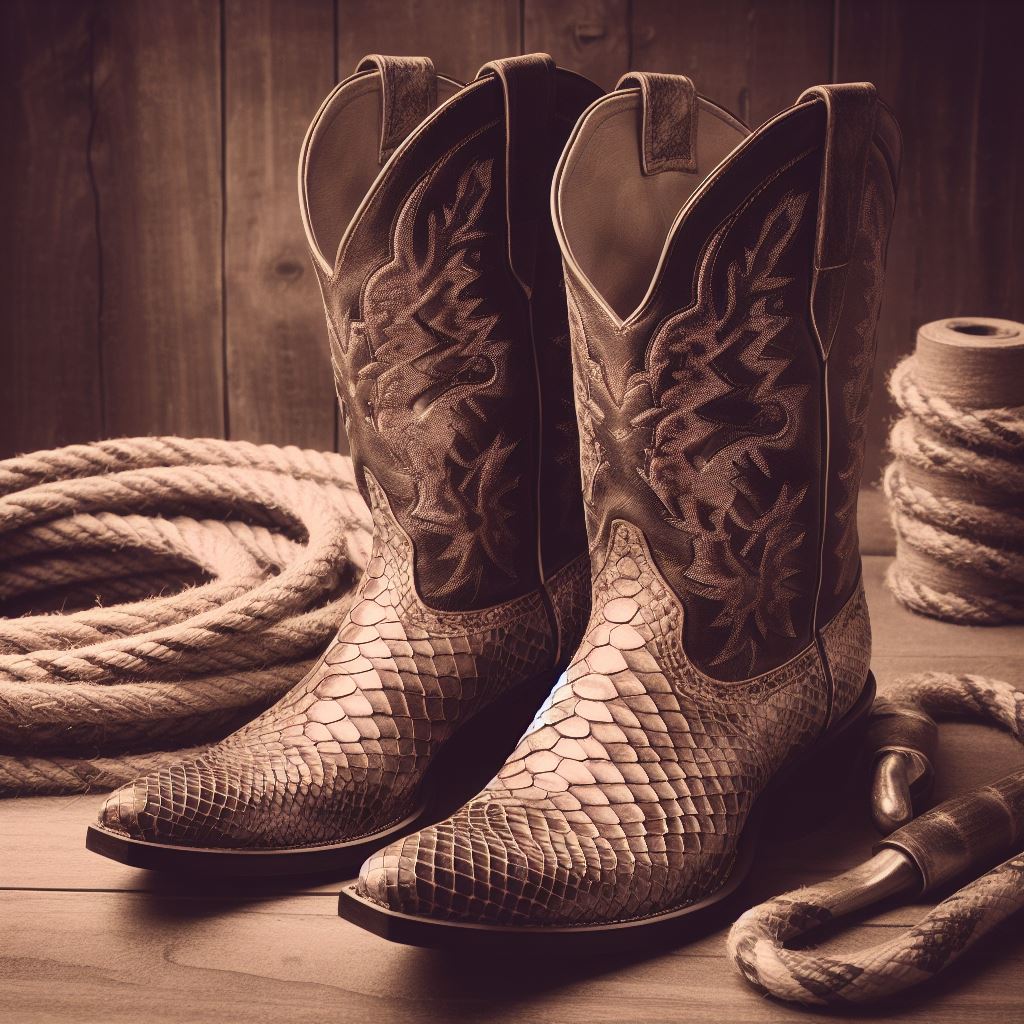
I am glad to know the process.
to know the special recipe of BJ’s avocado egg rolls, pls visit
https://vegetable-recipes.net/delight-your-taste-buds-with-bjs-avocado-egg-rolls-recipe/
Pingback: Navigating the Best Asphalt Boots: From Red Wing to Wolverine
Pingback: How to Choose the Best Ski Boots for Narrow Feet
Pingback: The Best Men's Work Boots: The Ultimate Guide
Pingback: Best Logger Boots: Essential Footwear for Tough Jobs
Pingback: How to Choose the Right Wildland Fire Boots for Your Needs
Pingback: What is the Best Shoe to Wear with Walking Boot?
Pingback: How to Choose the Best Work Boots for Plumbers: A detailed Guide
Pingback: How to Choose the Best Cowboy Boots for Bunions
Pingback: How to Choose the Best Snake Boots: Step into Safety
Pingback: The Best and Worst Wildland Fire Boots Brands
Pingback: NFPA Approved Wildland Fire Boots: Safety First
Pingback: Best Lightweight Work Boots: Comfort, Safety, and Style
Pingback: How to Choose the Best Boots for Warehouse Work
Pingback: How to Find the Best Boots for Ankle Support in 2024
Pingback: Best Shoes After Walking Boot: How to Choose the Right Pair
Pingback: Where to Buy Dunlop Boots: A Guide for Buyers
Pingback: Are Cuadra Boots Good? A Review of the Luxury Leather Brand
Pingback: How to Choose the Best Work Boots for Sweaty Feet
Pingback: Where to Buy Soft-Ride Boots for Horses: A Complete Guide
Pingback: How to Choose the Best Ice Climbing Boots for Your Next Adventure
Pingback: Are Chippewa Boots Good? A Detailed Review
Pingback: How to Lace Haix Boots: Zipper, Fast Lacing System, and Cable Tie
Pingback: Do You Wear Socks with Huk Boots? A Guide for Anglers
Pingback: How to Wear Ankle Boots with Jeans
Pingback: Where are HAIX Boots Made?: A detailed guide
Pingback: What Are the Best Roof Boots and How to Pick the Right Pair
Pingback: How to Choose the Best Boots for Back Pain: A Detailed Guide
Pingback: Best Tactical Boots: Your Ultimate Guide
Pingback: No More Laces: The Best Slip-On Work Boots for Professionals
Wow, awesome weblog layout! How lengthy have you ever been running a blog for?
you make running a blog look easy. The total glance of your web site is fantastic, as neatly as the content material!
You can see similar: najlepszy sklep and here najlepszy sklep